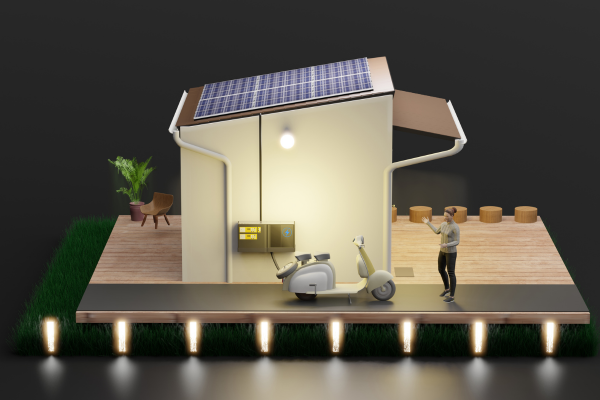Table of Contents
- Introduction
- Feasibility of Charging Electric Vehicles with Solar Panels
- Advantage of Solar Powered Electric Vehicles
- Disadvantages of Solar Powered Electric Vehicles
- Conclusion
- Frequently Asked Questions
Introduction

Feasibility of Charging Electric Cars with Solar Panels:
1. Technological Integration:
2. Battery Capacity and Efficiency:
3. Charging Infrastructure:
Advantages of Solar-Powered Electric Vehicles:

1. Environmental Sustainability:
2. Cost Savings:
3. Energy Independence:
4. Reduced Grid Strain:
5. Low Operating Costs:
6. Long-Term Investment:
7. Grid Resilience:
8. Reduced Environmental Impact:
Disadvantages of Solar-Powered Electric Vehicles:

1. Initial Cost:
2. Intermittent Nature of Solar Energy:
3. Limited Range Extension:
4. Space Requirements:
5. Technological Constraints:
6. Limited Charging Capacity:
7. Upfront Installation Costs:
8. Geographical Limitations:
9. Storage and Efficiency Challenges:
Conclusion:

The convergence of solar energy and electric vehicles holds immense promise in shaping a more sustainable and environmentally conscious future of transportation. While the concept of charging electric cars through solar panels is technically feasible and offers various advantages, including environmental sustainability, cost savings, and energy independence, it also presents challenges such as initial cost barriers, intermittent energy production, and technological constraints.
Efforts to overcome these challenges through continued research, innovation, and investment in renewable energy infrastructure are crucial. By addressing these obstacles, we can unlock the full potential of solar-powered electric vehicles, driving us towards a cleaner, greener, and more sustainable transportation paradigm. There are some challenges which are as follows.
- Aesthetic Considerations: The installation of solar panels on rooftops or carports may alter the aesthetic appeal of properties, which could be a concern for homeowners or businesses focused on maintaining visual harmony in their surroundings.
- Complex Installation Process: Installing solar panels and integrating them with electric vehicle charging infrastructure can be a complex process that requires specialized knowledge and professional assistance. This complexity may deter some individuals from pursuing solar-powered electric vehicles due to perceived logistical challenges.
- Regulatory and Permitting Hurdles: Navigating regulatory requirements and obtaining permits for solar panel installation can be time-consuming and bureaucratic. Additionally, homeowners’ associations or local zoning regulations may impose restrictions on the installation of solar panels, further complicating the adoption process.
- Dependence on Backup Charging: Despite the potential for solar-powered charging, electric vehicle owners may still need to rely on grid-connected charging stations for supplemental or backup charging, particularly during periods of low sunlight or high energy demand.
- Technological Limitations: Current solar panel and battery storage technologies have certain limitations in terms of efficiency, durability, and energy density. While advancements are continually being made in these areas, widespread adoption of solar-powered electric vehicles may be hindered by technological constraints.
In conclusion, while the journey towards widespread adoption of solar-powered electric vehicles may be riddled with challenges, the destination—a world powered by clean, renewable energy sources—is undoubtedly worth striving for.
Frequently Asked Questions:
Yes, solar panels can generate enough power to charge an electric vehicle, but it depends on various factors such as the size of the solar array, weather conditions, and the energy efficiency of the vehicle.
The charging time for an electric vehicle using solar panels can vary widely depending on factors like the capacity of the solar panels, sunlight availability, and the battery size of the vehicle. On average, it might take several hours to fully charge an electric vehicle using solar power alone.
The main advantages include reduced carbon footprint, lower fuel costs (since sunlight is free), energy independence, and the ability to utilize clean and renewable energy sources.
Some drawbacks include the initial high cost of installing solar panels, dependence on sunlight availability (which can vary based on location and weather), limited charging capacity during nighttime or cloudy days, and the need for space to install the solar panels.
While it’s technically possible to set up portable solar panels to charge an electric vehicle on the go, the efficiency and practicality might be limited. Most solar charging setups are stationary and designed for home or workplace use. However, advancements in mobile solar charging technology are being explored for future possibilities.

